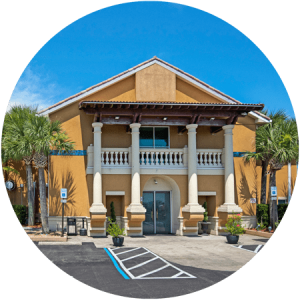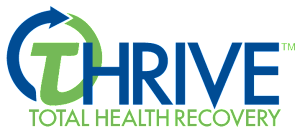Addiction and Recovery from Opioid Prescription Drugs for Chronic Pain.
According to the National Center for Health Statistics, in 2006, 56% of people age 20 and older reported pain that lasted more than 3 months. The Substance Abuse and Mental Health Services Administration (SAMHSA) reported in 2008 that 19% of people age 12 and older reported that they initiated illegal drug use with pain killers. A 2005 study showed that 32% of chronic pain patients may have addictive disorders.
 The intertwining of symptoms of chronic pain and substance abuse disorder are sometimes hard to separate.
The intertwining of symptoms of chronic pain and substance abuse disorder are sometimes hard to separate.
Both can create physical, social, emotional, and economic effects. People who have chronic pain, substance abuse disorder or both may have similar symptoms including insomnia, depression, and impaired functioning.
Treating the addiction by decreasing or discontinuing the substance can be frightening and overwhelming to someone who is suffering chronic pain, where their expectation is that their pain will worsen. Many people with chronic pain have used increasing amounts of pain killers to receive the same amount of pain relief and believe that more pain killers are the only way to deal with their discomfort.

Ongoing pain stresses the body and leads to feelings of exhaustion and can cause sleeplessness, anxiety, and depression, which create more pain. Studies have shown that depression can decrease the results of pain treatment and that outcomes of treatment for pain can be predicted, to some extent, by emotional status.
For someone with chronic pain who has been treated long-term with opioids, it is especially important that they understand how opioids have added to their pain and the importance of breaking the cycle. Under medical care, non-opioid options can be used to help alleviate the pain and decrease the discomfort of withdrawal.
Despite the common belief that opioids are the best option for pain relief, studies show that non-opioid pharmacological options including acetaminophen and nonsteroidal anti-inflammatory medications (NSAIDs) as well as some medications originally developed for other purposes such as some antidepressants and some anticonvulsants can offer pain relief without the rebound pain opioids cause and without the addictive properties. Complementary and alternative therapies such as chiropractic, massage, and acupuncture can often also help someone with chronic pain.
Studies of 18-months or more, show that patients who are on long-term opioid therapy, rarely show more than a one-third reduction in pain. This clearly shows that other treatment options should be considered.
For those in substance abuse recovery who have chronic pain, non-opioid analgesics are the preferred treatment. Counseling has shown to help as has exercise or physical therapy to work toward improved function and decreased pain. Opioid treatment should only be used as a last option, under close supervision, and for the shortest time possible, for example immediately following surgery.
Chronic pain and addiction can be treated.
Working with treatment specialists who understand both conditions is important. Gulf Breeze Recovery has trained medical staff and a trained clinical team who work together to holistically care for the entire individual and their specialized needs. They understand the complexity of chronic pain and addiction as well as how treatment for chronic pain can put recovery at risk.
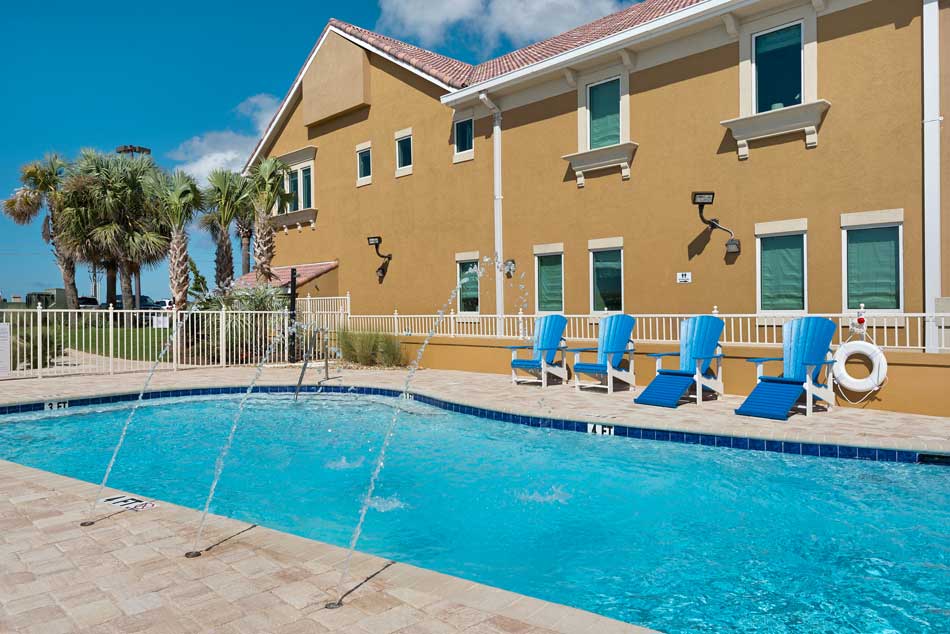
If you or someone you care about, has an ongoing history of chronic pain that is complicated by alcohol or substance use and/or relapse, contact Gulf Breeze Recovery or call: 833.551.2356 to speak to an addiction expert to learn more about their residential program, out-patient program, and intensive out-patient program, and which of these can best fit your individual needs. These programs have helped many people overcome their addiction and embrace their new happy, healthy, substance-free lifestyle.
We help people not just to survive, but to THRIVE!
Addiction and Recovery from Opioid Prescription Drugs for Chronic Pain.
According to the National Center for Health Statistics, in 2006, 56% of people age 20 and older reported pain that lasted more than 3 months. The Substance Abuse and Mental Health Services Administration (SAMHSA) reported in 2008 that 19% of people age 12 and older reported that they initiated illegal drug use with pain killers. A 2005 study showed that 32% of chronic pain patients may have addictive disorders.
 The intertwining of symptoms of chronic pain and substance abuse disorder are sometimes hard to separate.
The intertwining of symptoms of chronic pain and substance abuse disorder are sometimes hard to separate.
Both can create physical, social, emotional, and economic effects. People who have chronic pain, substance abuse disorder or both may have similar symptoms including insomnia, depression, and impaired functioning.
Treating the addiction by decreasing or discontinuing the substance can be frightening and overwhelming to someone who is suffering chronic pain, where their expectation is that their pain will worsen. Many people with chronic pain have used increasing amounts of pain killers to receive the same amount of pain relief and believe that more pain killers are the only way to deal with their discomfort.

Ongoing pain stresses the body and leads to feelings of exhaustion and can cause sleeplessness, anxiety, and depression, which create more pain. Studies have shown that depression can decrease the results of pain treatment and that outcomes of treatment for pain can be predicted, to some extent, by emotional status.
For someone with chronic pain who has been treated long-term with opioids, it is especially important that they understand how opioids have added to their pain and the importance of breaking the cycle. Under medical care, non-opioid options can be used to help alleviate the pain and decrease the discomfort of withdrawal.
Despite the common belief that opioids are the best option for pain relief, studies show that non-opioid pharmacological options including acetaminophen and nonsteroidal anti-inflammatory medications (NSAIDs) as well as some medications originally developed for other purposes such as some antidepressants and some anticonvulsants can offer pain relief without the rebound pain opioids cause and without the addictive properties. Complementary and alternative therapies such as chiropractic, massage, and acupuncture can often also help someone with chronic pain.
Studies of 18-months or more, show that patients who are on long-term opioid therapy, rarely show more than a one-third reduction in pain. This clearly shows that other treatment options should be considered.
For those in substance abuse recovery who have chronic pain, non-opioid analgesics are the preferred treatment. Counseling has shown to help as has exercise or physical therapy to work toward improved function and decreased pain. Opioid treatment should only be used as a last option, under close supervision, and for the shortest time possible, for example immediately following surgery.
Chronic pain and addiction can be treated.
Working with treatment specialists who understand both conditions is important. Gulf Breeze Recovery has trained medical staff and a trained clinical team who work together to holistically care for the entire individual and their specialized needs. They understand the complexity of chronic pain and addiction as well as how treatment for chronic pain can put recovery at risk.

If you or someone you care about, has an ongoing history of chronic pain that is complicated by alcohol or substance use and/or relapse, contact Gulf Breeze Recovery or call: 833.551.2356 to speak to an addiction expert to learn more about their residential program, out-patient program, and intensive out-patient program, and which of these can best fit your individual needs. These programs have helped many people overcome their addiction and embrace their new happy, healthy, substance-free lifestyle.
We help people not just to survive, but to THRIVE!
About Gulf Breeze Recovery:
Gulf Breeze Recovery, unlike other treatment centers in Florida, is a non 12 step holistic drug and alcohol rehab that is changing the future of addiction treatment with their THRIVE® (Total Health Recovery) program focused on overcoming chronic relapse.
Gulf Breeze Recovery’s THRIVE® program is a non 12-step approach designed for those who are looking for a drug and alcohol treatment program to produce a different and positive result.
This non-12 step program allows you to drive beyond your addictions and promotes a new outlook on life.
We are licensed by the Florida Department of Children and Families, and our last audit scored 99.7! Also, we are gold certified by the Joint Commission.
Want to read more about Gulf Breeze Recovery’s non 12 step, holistic drug and alcohol rehab? Check out some of our latest posts:
Researchers Identify Role of Key Brain Signaling Protein in Alcohol Use Disorder
January 29, 2021
College Students Who Returned Home Due to Pandemic Drinking Less
January 29, 2021
Overdose Deaths Soar in the Midst of a Pandemic
January 27, 2021
Alcoholism Today in Seniors and Younger Generations
January 20, 2021
End Chronic Relapse and Start a New Life!
At Gulf Breeze Recovery we don’t want you to have just a great recovery, we want you to have a great life!
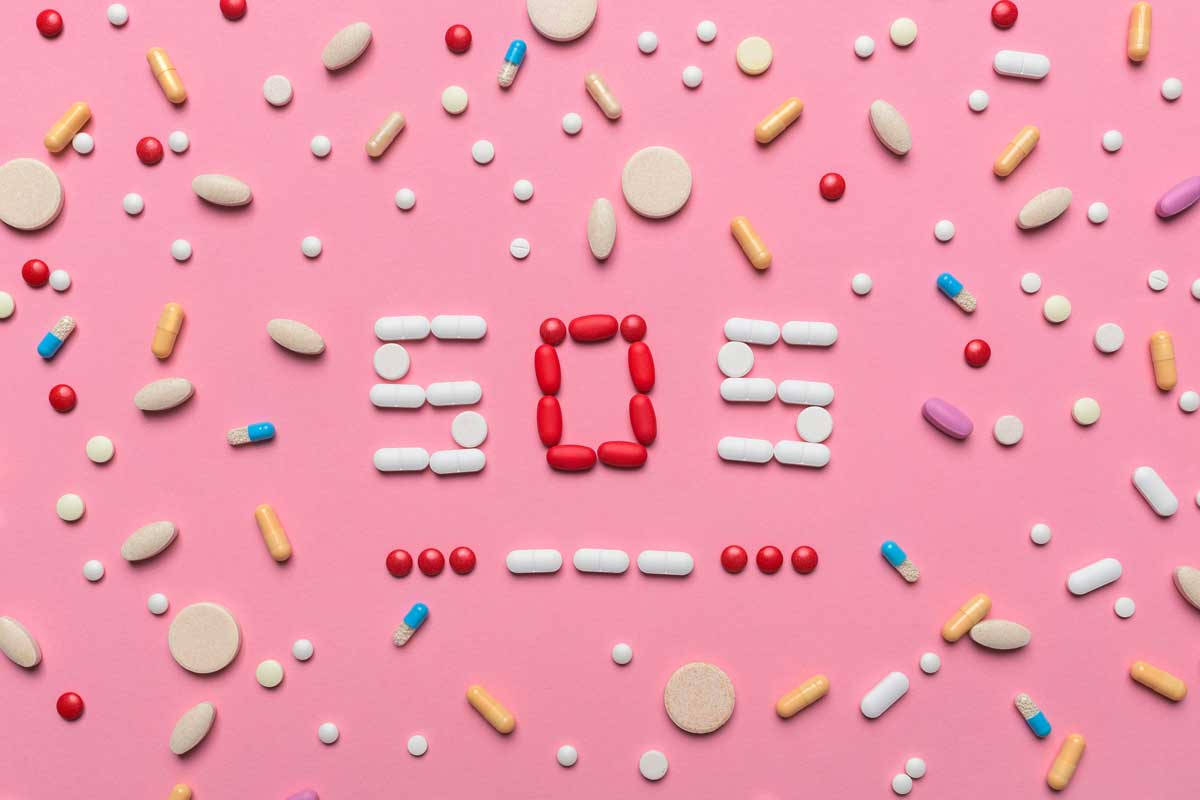
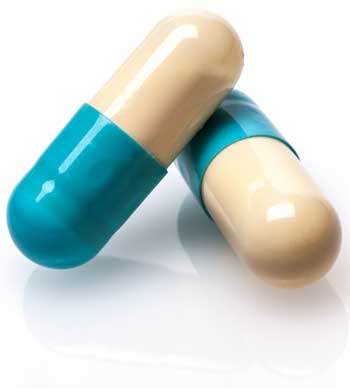 The intertwining of symptoms of chronic pain and substance abuse disorder are sometimes hard to separate.
The intertwining of symptoms of chronic pain and substance abuse disorder are sometimes hard to separate.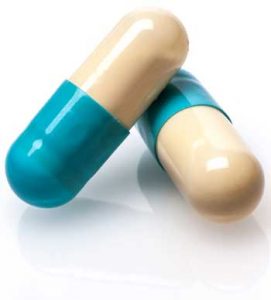 The intertwining of symptoms of chronic pain and substance abuse disorder are sometimes hard to separate.
The intertwining of symptoms of chronic pain and substance abuse disorder are sometimes hard to separate.